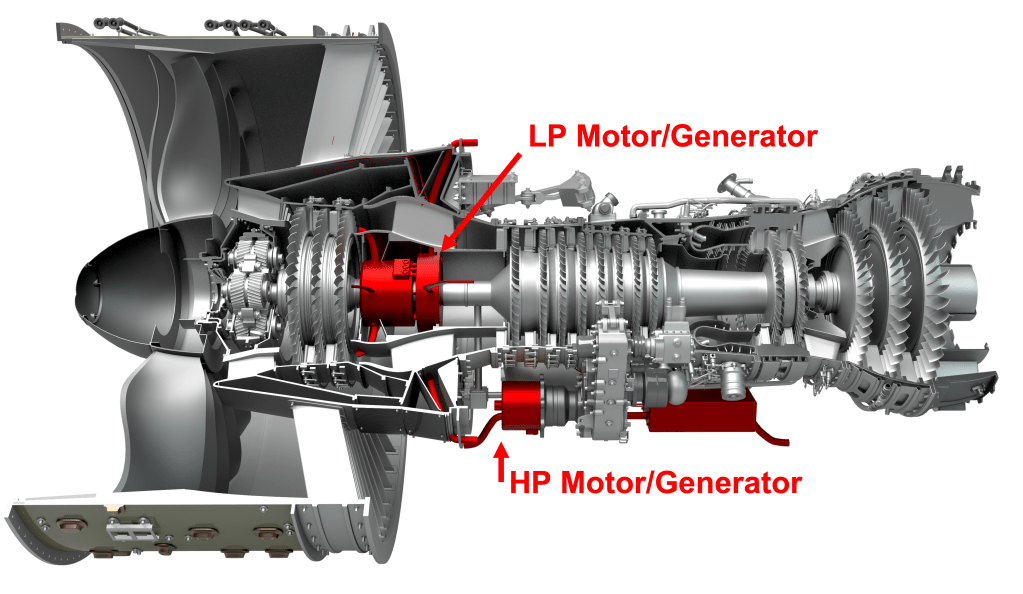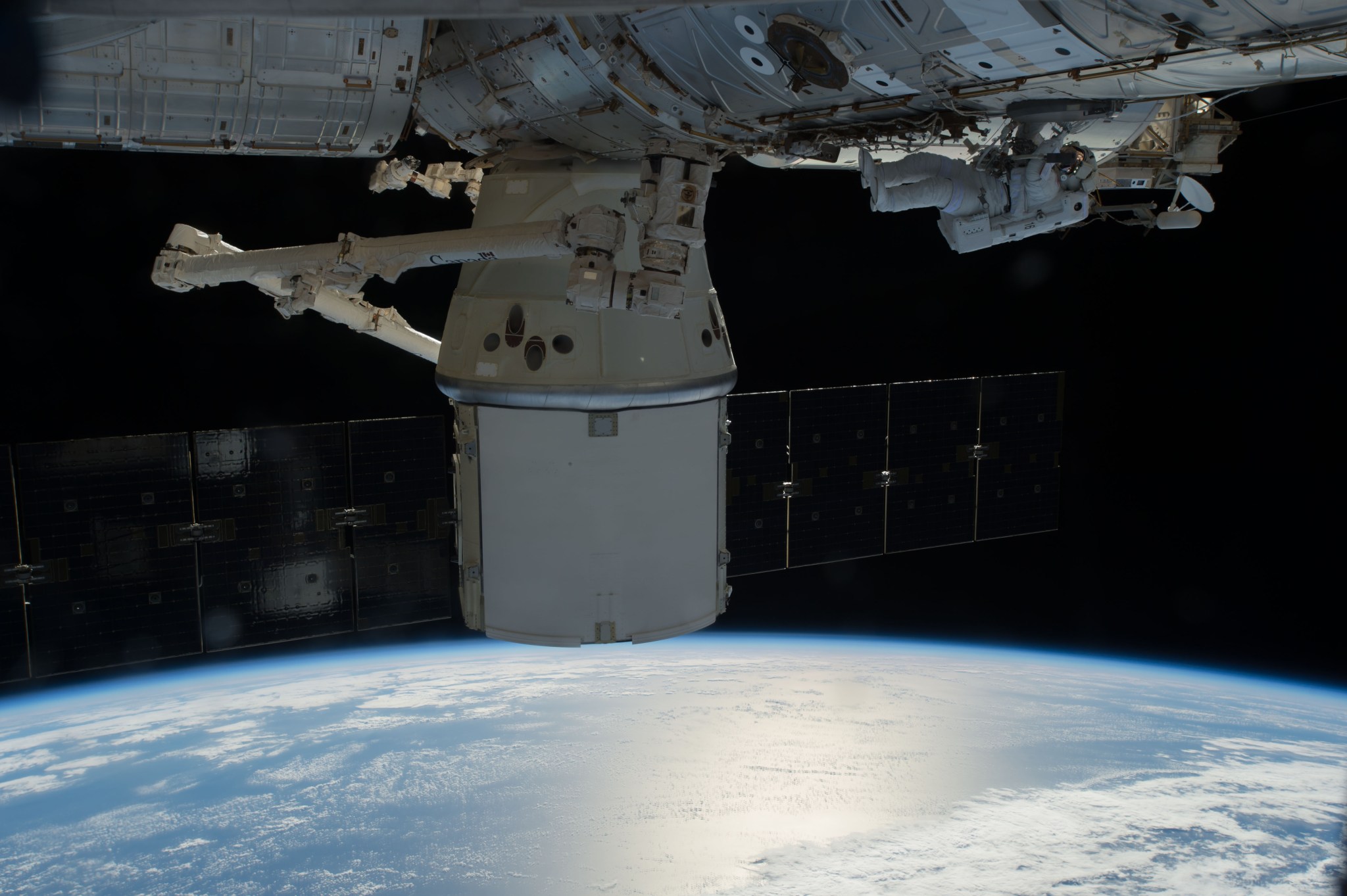NASA’s first cargo resupply mission of 2017 is poised to lift off from Kennedy Space Center in Florida loaded with almost 5,500 pounds of science experiments, research equipment and supplies bound for the International Space Station and its resident astronauts.
The gear is packed into a SpaceX Dragon capsule that will fly into orbit aboard the company’s Falcon 9 rocket. It will take two days for the Dragon to catch up to the space station and move within reach of the station’s 57-foot-long robotic arm.
Astronauts Shane Kimbrough of NASA and Thomas Pesquet of the European Space Agency will use the arm to capture Dragon and maneuver it to its berthing port on the station. The uncrewed Dragon is pressurized so astronauts aboard the orbiting laboratory can unpack the cargo and later fill it up with completed experiments and used equipment for return to Earth.
This cargo mission by SpaceX also will set a milestone as the first launch from Launch Complex 39A since the space shuttle fleet retired in 2011. It will mark a turning point for Kennedy’s transition to a multi-user spaceport geared to support public and private missions, as well as those conducted in partnership with NASA.
Some of humanity’s greatest adventures in orbit began at Launch Complex 39A. Astronauts lifted off from this pad six times between 1969 and 1972 to walk upon lunar soil. Flying inside Apollo spacecraft atop massive Saturn V rockets, the astronauts left Florida and the Earth behind for two weeks, while they ventured to the moon.
In 1981, it began hosting the world’s first reusable spacecraft, NASA’s space shuttles, on missions that would make working in space more accessible, while still achieving breathtaking science and accomplishing engineering feats that would have been out of reach before.
Some of the first pieces of the International Space Station began their operational lives with fiery liftoffs from the site including NASA’s first station construction mission, STS-88 in 1998.
Although the majority of the supplies and experiments will be used inside the station, one of the major payloads of SpaceX’s CRS-10 mission will be attached to the outside of the station to survey aspects of Earth’s atmosphere. The SAGE III project, short for Stratospheric Aerosol and Gas Experiment, is the latest version of an experiment that began in 1979 to carefully monitor and precisely measure ozone, aerosols, nitrogen dioxide and water vapor in the stratosphere and troposphere high above Earth. For details about the SAGE III mission, go to http://go.nasa.gov/2kKKO8Y
SpaceX’s CRS-10 mission will also carry the Raven experiment, an advanced instrument designed to test sensors and avionics that are being developed so spacecraft can autonomously guide themselves through space to rendezvous and dock with other spacecraft. Raven’s two-year mission on the station will see it compare trajectories and calculations with the actual flight paths of the many spacecraft that fly to the station.
The Dragon also carries an experiment coordinated by CASIS that will crystalize a human monoclonal antibody that has been developed by Merck Research Labs to treat immunological diseases. Crystalizing experiments on Earth have not produced high quality samples for study. It is hoped that larger crystals formed in the microgravity of space – where they won’t collapse under their own weight as they grow – will show how to make the medicines usable in injected form instead of intravenously.
The SpaceX mission is expected to last about a month with the Dragon capsule being detached from the station by the robotic arm. The Dragon will fly the return flight path on its own as SpaceX and NASA mission controllers watch over its progress. Flying into the atmosphere protected by a heat shield, the Dragon will splashdown in the Pacific Ocean, where it will be recovered and its payloads dispatched to researchers.






























